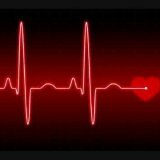Atherosclerosis: symptoms, diagnosis, treatment
 Atherosclerosis is a very widespread chronic disease, in which the development of lesions of large blood vessels - the arteries of the elastic and muscular-elastic type.On their walls in the form of plaque or plaques are deposited lipoproteins and cholesterol;The walls themselves lose their elasticity.These pathological changes cause the narrowing of the lumen of the arteries, which leads to a violation of blood supply to organs and tissues.
Atherosclerosis is a very widespread chronic disease, in which the development of lesions of large blood vessels - the arteries of the elastic and muscular-elastic type.On their walls in the form of plaque or plaques are deposited lipoproteins and cholesterol;The walls themselves lose their elasticity.These pathological changes cause the narrowing of the lumen of the arteries, which leads to a violation of blood supply to organs and tissues.
Most often, this vascular pathology is diagnosed in middle-aged and elderly patients.In men older than 35-40 years, this disease is on average more common than in women.Atherosclerosis of the coronary vessels is one of the most important causes of the development of coronary heart disease.
Contents: etiology and pathogenesis of atherosclerosis Symptoms of Atherosclerosis Diagnosis of atherosclerosis Treatment 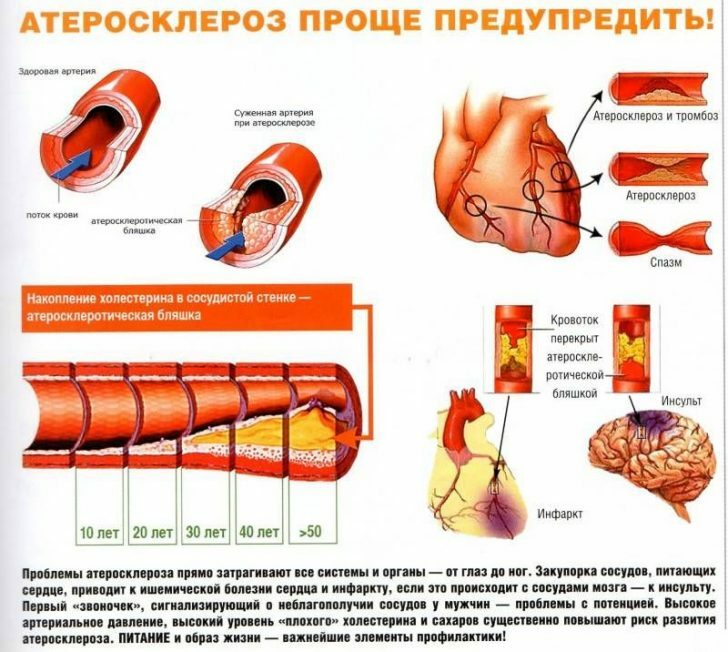 atherosclerosis
atherosclerosis
etiology and pathogenesis of atherosclerosis
Recommendations:main cause of atherosclerosis is the disturbance of the metabolism of fats and proteins that leads to the formation of the characteristic of atheromatousPlaques.
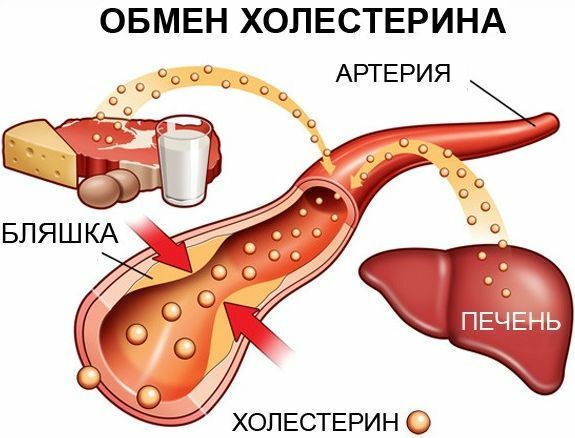
Predisposing factors include:
- frequent psychoemotional stresses;
- hereditary( family) predisposition;
- diabetes mellitus;
- hypothyroidism( decreased thyroid hormone production);
- gout;
- obesity;
- cholelithiasis;
- hyperlipoproteinemia( high blood levels of low and very low density lipoproteins);
- high cholesterol in the blood;
- lack of exercise( sedentary lifestyle);
- smoking;
- alcohol abuse.
Note: is an abnormal diet, in which a large number of animal fats and cholesterol enter the body, can contribute to the development of arteriosclerosis of the vessels, but the main cause of the disease is not.Lipoproteins of high density do not provoke the development of atherosclerosis.

In the early stage of atherosclerosis, spots appear on the intima of the arteries due to the deposition of low and very low density lipoproteins.Their accumulation is due to conjugation( binding) to proteoglycane compounds contained in the intercellular substance.If the lipid compounds enter more rapidly than they are excreted with macrophages, a plaque is formed.
In atherosclerotic plaques, as the pathology progresses, connective tissue grows, and the walls of the arteries lose elasticity.The result is a significant narrowing of the lumen of the vessels( until complete blockage).
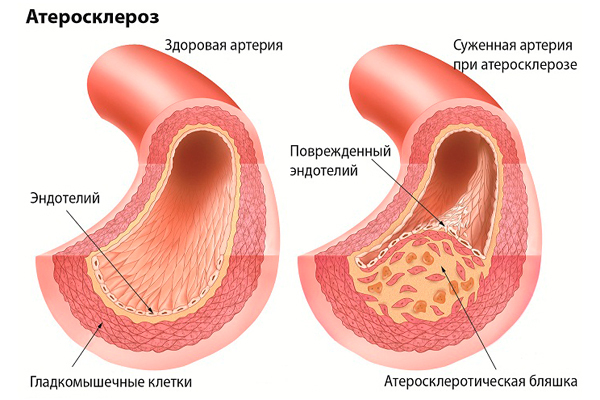
Gradually the plaque becomes less durable, and on the intima( inner shell) of the vessel a thrombus is gradually formed, consisting of platelet cells and plasma proteins.In this case, the lumen of the vessel is further reduced and there is a risk of separation of the thrombus fragment, which migrates with the blood flow and can completely clog a relatively small vessel.As a result, the flow of blood to the tissue site is completely blocked and focal necrosis develops.
Important: for thrombosis of vessels supplying the heart muscle, myocardial infarction develops, and the complication of cerebral artery atherosclerosis often leads to ischemic stroke.
Pathology develops gradually and may not appear for a long time.As a rule, the first signs of a violation of the blood supply of one or another organ are manifested with a very significant narrowing of the lumen of the vessels( by ¾ and more).

Note: The risk of atherosclerosis in women is significantly increased during menopause.
Symptoms of atherosclerosis
Clinical manifestations of atherosclerosis depend on the localization of the pathological process.In a number of cases, significant atherosclerotic changes are detected only in pathoanatomical studies.There may also be a manifestation of a clinic characteristic of oxygen starvation( ischemia) of organs and tissues against the background of a relatively small obturation of the arteries.
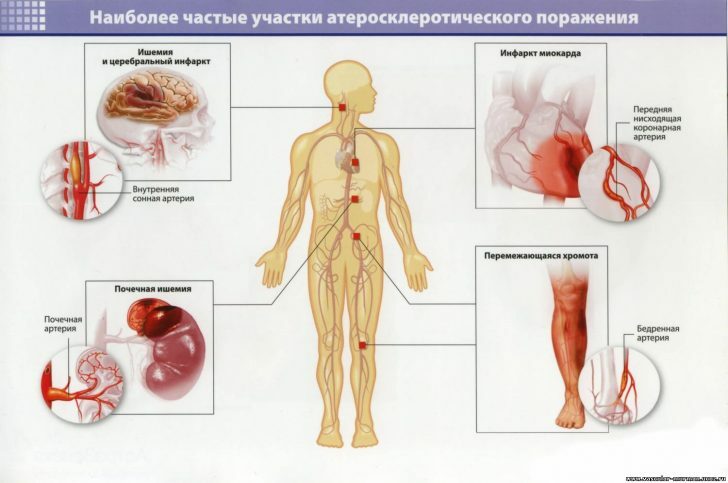
Atherosclerosis of the aorta( cerebral branches) can be manifested by the symptomatology characteristic of transient ischemia of the brain.The patient can complain of frequent dizziness, headaches and loss of consciousness( fainting), speech fuzziness, coordination of movements and other signs of transient disorders of cerebral blood flow.A frequent outcome of atherosclerosis of the brain are strokes.
 The very first signs of atherosclerosis of the thoracic aorta include burning and pain in the chest area.About this pathology can also indirectly indicate early aging and the appearance of gray hair, active hair growth in the auricles and "adipes" on the skin of the face.
The very first signs of atherosclerosis of the thoracic aorta include burning and pain in the chest area.About this pathology can also indirectly indicate early aging and the appearance of gray hair, active hair growth in the auricles and "adipes" on the skin of the face.
If arterial branches are affected, through which blood enters the lower parts of the digestive tract, necrosis( necrosis) of the intestinal wall is possible.Also, when thrombosis of mesenteric vessels often develops so-called."Abdominal toad", which is manifested by bloating and colic after eating.
Renal vascular injury is the cause of persistent hypertension( high blood pressure, virtually uncontrollable therapy) and kidney failure.
For atherosclerosis of the lower extremities, a symptom such as intermittent claudication is very characteristic.It is caused by developing during walking an intense pain syndrome in the region of the shins.
Atherosclerosis of the vessels of the organs of the male reproductive system leads to an erection disorder.
Diagnosis of atherosclerosis
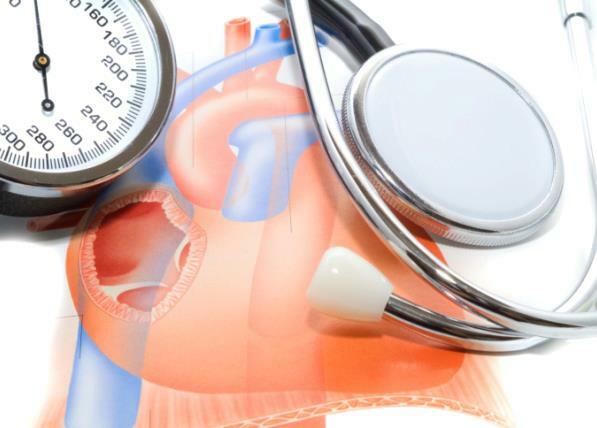 It is not uncommon for physicians to face serious enough atherosclerotic changes in the vessels, since in the early stages the disease may not appear for a long time.
It is not uncommon for physicians to face serious enough atherosclerotic changes in the vessels, since in the early stages the disease may not appear for a long time.
Modern techniques allow us to identify atherosclerosis in the early stages, which helps prevent serious and even life-threatening complications.
Diagnostics include the collection of anamnesis, general examination of the patient, auscultation( allows to identify the characteristic systolic murmurs) and palpation of available arteries.If there is reason to suppose defeat of the arteries of the legs, the definition of the so-called."Capillary response".
The blood test provides an opportunity to detect the level of LDL and plasma cholesterol.On the presence or absence of pathological changes in the heart and organs of the abdominal cavity allows you to judge the ultrasound.
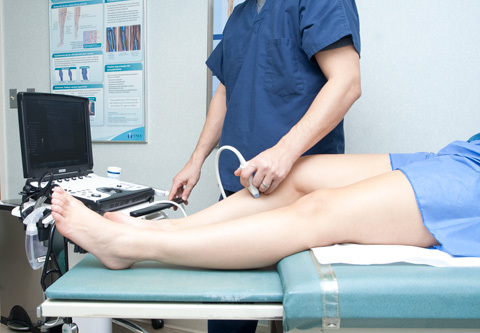 The most informative diagnostic method is ultrasonic dopplerography of vessels.This study provides an opportunity to objectively assess the size of atheromatous plaques, as well as the degree of disturbance of blood flow in the stenosis( narrowing) zone of the artery branch.
The most informative diagnostic method is ultrasonic dopplerography of vessels.This study provides an opportunity to objectively assess the size of atheromatous plaques, as well as the degree of disturbance of blood flow in the stenosis( narrowing) zone of the artery branch.
With the help of volumetric sphygmography, it is possible to estimate the degree of rigidity of the vascular walls.
For the diagnosis of the state of coronary( myocardial infarction) vessels, a variety of X-ray examination, such as coronography, is widely used.Pictures help to clearly identify the localization of plaques.
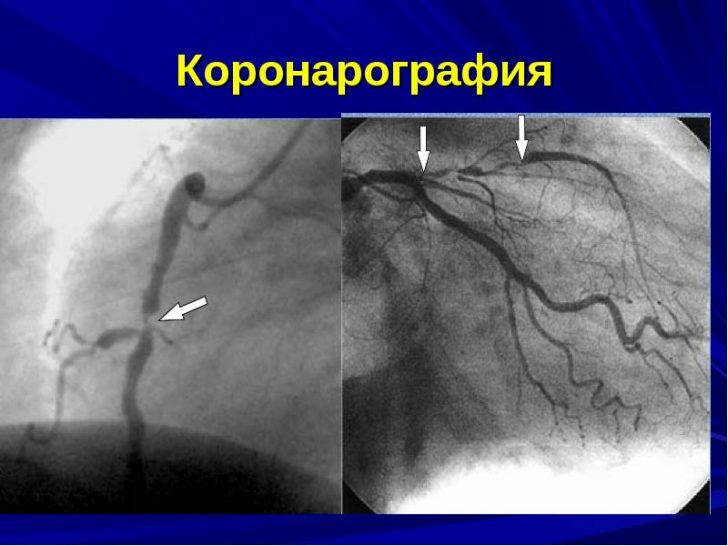
Treatment of arteriosclerosis of vessels
Various conservative( medicamentous) and radical methods of treatment are used to treat atherosclerosis.
Conservative therapy
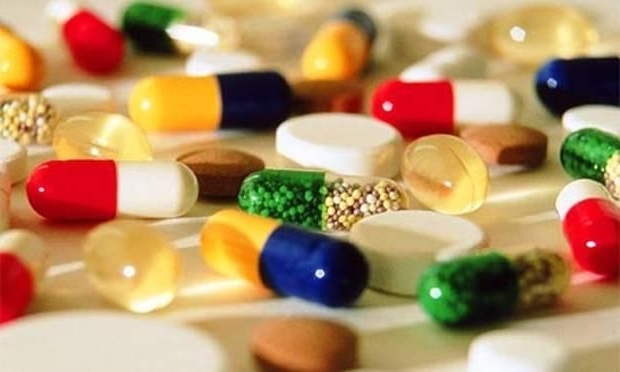 Treatment of atherosclerosis of the aorta should be comprehensive.This type of pathology is often complicated by thrombosis of the abdominal arteries, hypertension and aortic aneurysm.Proper nutrition is very important;To improve digestion shows the intake of pancreatic enzymes( Festal, Enzistal, Pancreatin).Patients are often prescribed drugs such as Nitroglycerin and Papaverin.
Treatment of atherosclerosis of the aorta should be comprehensive.This type of pathology is often complicated by thrombosis of the abdominal arteries, hypertension and aortic aneurysm.Proper nutrition is very important;To improve digestion shows the intake of pancreatic enzymes( Festal, Enzistal, Pancreatin).Patients are often prescribed drugs such as Nitroglycerin and Papaverin.
At the appearance of the first signs of the defeat of the vessels of the legs, it is recommended to visit the vascular surgeon immediately.Treatment of atherosclerosis of the lower limbs involves physiotherapy treatment, as well as course infusion therapy.Patients should stop smoking.It is advisable to use bioadditives that contribute to the purification of blood vessels( Chitosan, Biocalcium, etc.).
Treatment of cerebral atherosclerosis is aimed at eliminating the factors contributing to the emergence and progression of pathology.Patients are shown regular walks and consumption of oxygen cocktails for fighting hypoxia.

In the absence of contraindications, optimal physical activities are recommended-athletic walking, running and yoga and swimming.From the diet it is desirable to completely exclude animal products containing so-called."Refractory" fats.It is advisable to consume more plant fiber.If you have diagnosed hypertension, you should regularly take prescribed medications and ensure that blood pressure values do not exceed 140/90 mm.Gt;Art.(If possible).
About 80% of cholesterol is produced in the liver, and only a relatively small amount of it comes exogenously( with products of animal origin).To block the biosynthesis of this compound is widely used drugs from the group of statins( synthetic or based on natural components).
Patients with atherosclerosis are also assigned sequestrants of fatty acids, preparations of nicotinic acid( vitamin PP) and fibrates( Atromide, Gevilan, etc.).
Nicotinic acid helps to lower cholesterol and LDL in the plasma.In parallel, vitamin PP increases the concentration of high-density lipoproteins, which are a factor that reduces the likelihood of development of arteriosclerosis of the vessels.Fibrates slow down the process of biosynthesis of lipid compounds.Bile acid sequestrants promote the binding and rapid excretion of atherogenic compounds.
Radical methods of treatment
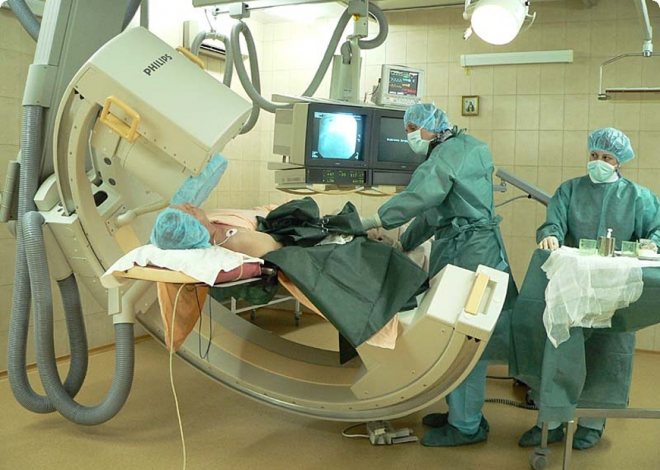 The most low-traumatic, and, at the same time, very effective method of surgical treatment of arteriosclerosis of vessels is the so-called.Balloon angioplasty.Expansion of the lumen of the artery is achieved by introducing into the vessel a special expanding balloon.
The most low-traumatic, and, at the same time, very effective method of surgical treatment of arteriosclerosis of vessels is the so-called.Balloon angioplasty.Expansion of the lumen of the artery is achieved by introducing into the vessel a special expanding balloon.
The stenting method involves the installation of a special metal insert( stent) in the vessel, which ensures a constant dilatation( lumen expansion).
The presence of a significant lesion may require surgical removal of plaques, replacement of the affected portion of the vessel by autotransplantation or bypass - creating new "bypass" ways for blood flow.
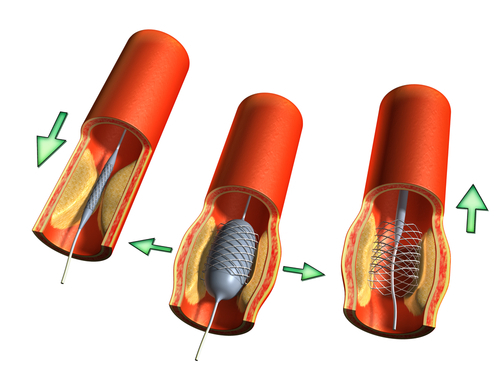
Non-pharmacological treatment
Non-pharmacological treatment and prevention methods include diet, active lifestyle and complete rejection of bad habits.Patients are advised to avoid neuro-emotional overloads and stress whenever possible.

Special anti-atherosclerotic diet involves the consumption of vegetable oils( olive and rapeseed) and a large number of vegetables and fruits, as well as the rejection of bakery products from wheat flour of higher grades( replaced with bezdorozhevom bread).It is advisable to replace meat with fish and other seafood.
Folk remedies for the treatment of atherosclerosis
In the initial stages of the disease, phytopreparations are very effective - collection of medicinal herbs.
Recipes:
- Take equal amounts of dried leaves of lemon balm and nettle, leaves and roots of wild strawberry and dandelion roots.A tablespoon of collection pour a glass of boiling water and let it brew for 1 hour.Ready to drink during the day to 1/3 cup before meals.
- For 1 part of the birch leaves take the same number of leaves of the mother-and-stepmother, as well as 2 parts of the yarrow and hawthorn inflorescences.One and a half tablespoons of mixture pour 400-500 ml of boiling water and insist for 3 hours.In the morning and afternoon hours drink half a glass, and in the evening - a glass.
- In 2 parts of hawthorn berries, take 1 part of leaves of cowberry, shoots of forest raspberry and flowers of immortelle.1 teaspoon pour 200 ml of boiling water and insist an hour.Ready to drink during the day, divided into 4 receptions.
More detailed information on the causes, symptoms of atherosclerosis and the methods of treatment of this disease you will get by viewing this video:
Konev Alexander, the therapist



